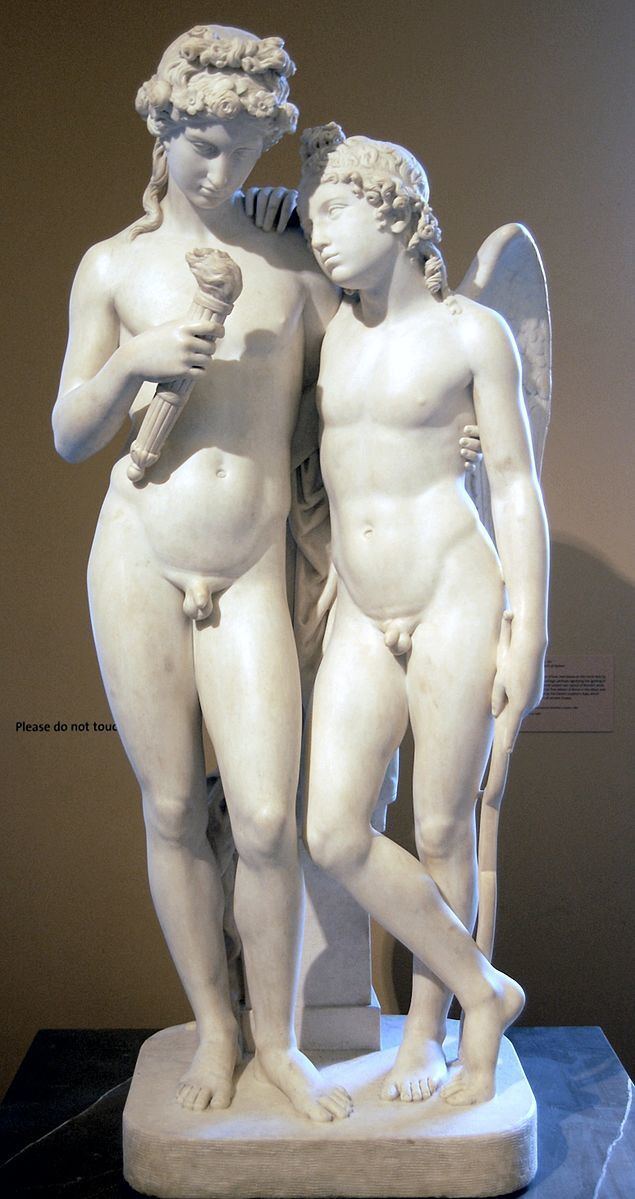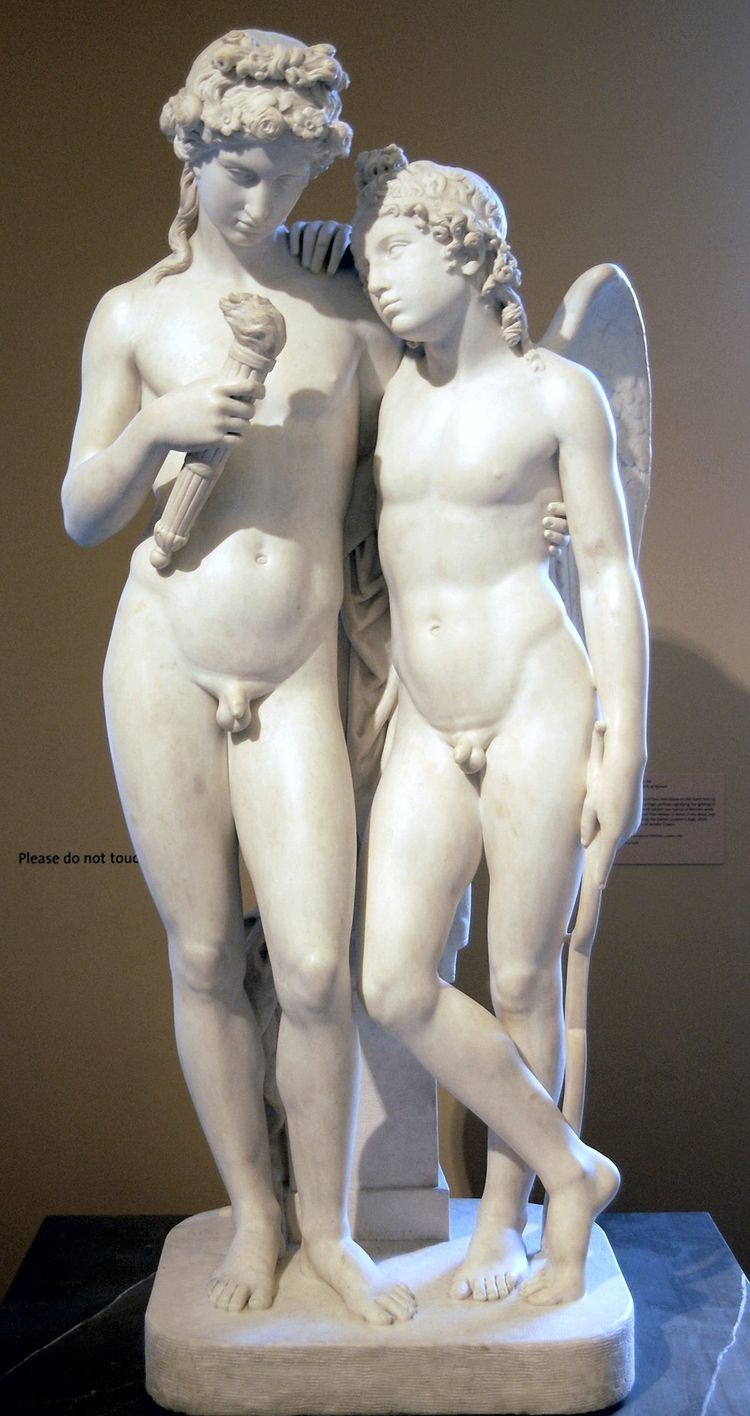Name George Rennie Role Scottish Politician | Parents George Rennie Uncles John Rennie the Elder | |
 | ||
Died March 22, 1860, London, United Kingdom Cousins John Rennie the Younger, George Rennie Similar People Inigo Jones, Max Penson, Samuel Courtauld, George Wallis, Charles Howard - 1st Earl of | ||
George Rennie (1801 or 1802 – 22 March 1860) was a Scottish sculptor and politician. He entered politics to support the arts in Britain and helped achieve free access to public art and museums. He was a Member of Parliament (MP) for Ipswich, 1842-1847. That year he was appointed as governor of the Falkland Islands, off the coast of Argentina.
Contents

Early life and education
George Rennie was born to George Rennie, agriculturist, and his wife in Phantassie, East Lothian, Scotland. He was a nephew of John Rennie, the civil engineer. Interested in art from an early age, Rennie studied sculpture at Rome as a young man.
Art career
After his return to Britain, Rennie worked as a sculptor. He exhibited statues and busts at the Royal Academy from 1828 to 1837. He also exhibited three times at the Suffolk Street Gallery during the same period.
His most important works at the academy were: A Gleaner and Grecian Archer, 1828; Cupid and Hymen (depicting Cupid blowing on the torch of Hymen to rekindle its flame) and busts of Bertel Thorvaldsen and his uncle John Rennie, 1831. Also considered of merit are The Archer (which he afterwards presented to the Athenaeum Club) and a bust of the artist David Wilkie in 1833. He exhibited The Minstrel in 1834; and a group of four figures in marble, 1837.
Currently Cupid and Hymen is in the Victoria and Albert Museum, London. In 2005 it was temporarily removed from display during reorganisation of the museum's sculpture galleries. It was returned to display in the sculpture court adjoining the central courtyard.
Politics
With a view to improving the state of the arts in Britain, Rennie turned his attention to politics. In 1836 he suggested to Sir William Ewart the formation of the parliamentary committee which led to the establishment of the schools of design at Somerset House. He assisted the efforts of Joseph Hume to obtain for the public freedom of access to all monuments and works of art in public buildings and museums.
From 1841 to 1847 he was Liberal Member of Parliament (MP) for Ipswich, retiring before the 1847 general election in favour of Hugh Adair. In 1842 he proposed the "New Edinburgh" scheme for establishing a Scottish settlement in New Zealand. Such a site was developed and the city is now called Dunedin.
On 15 December 1847, he was appointed to the governorship of the Falkland Islands.
Retirement and Death
He returned to England in 1855. He died in London on 22 March 1860.
Family
Two of his sons were:
